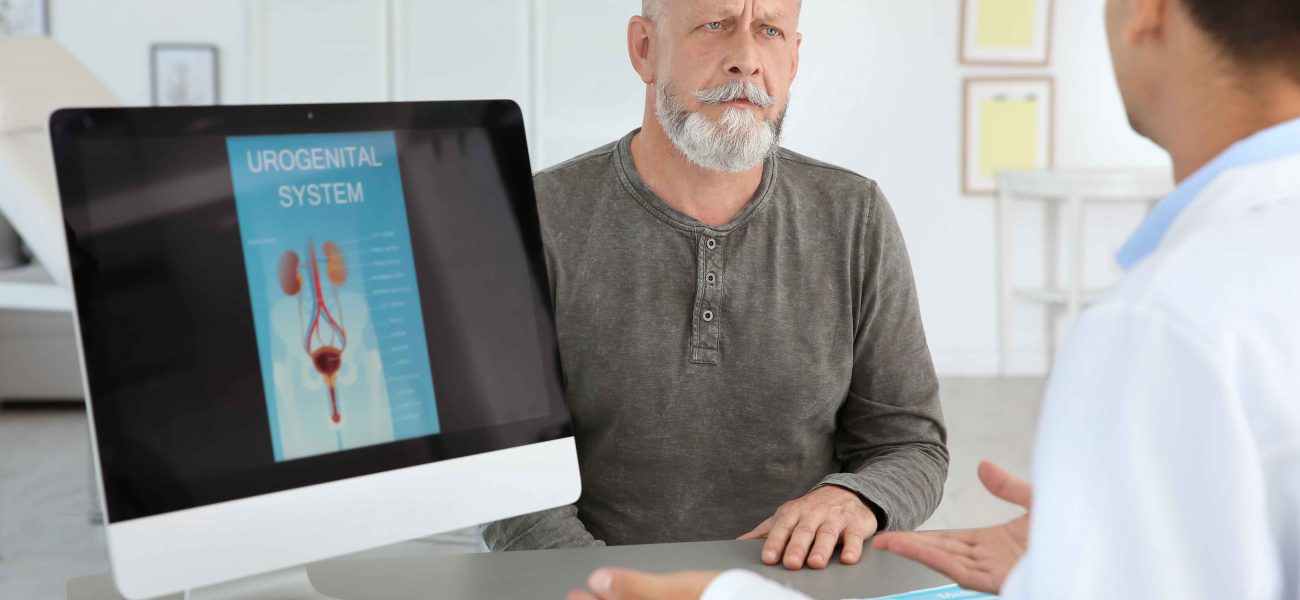Incontinence after Prostate Surgery: What you should know?
Prostate surgery is a major operation performed to eradicate prostate cancer in men. And, with all pain and unpleasantness, experiencing incontinence as one of the side effects can contribute to flaring up cases of discomfort and disappointment.
Urinary incontinence is an unwanted condition associated with uncontrollable leakage of urine. It can happen to both men and women. However, men can potentially encounter bladder problems after prostrate surgeries, which can decrease their quality of life unknowingly.
To help you be safe from the nightmares of involuntary leakages, we have curated a guide to knowing incontinence after Prostrate Surgery for men.
First things first, what causes incontinence after Prostate Surgery?
The prostate is found just below the bladder in the male body structure. During the surgery or due to the radiation, the nerves and muscles or sphincter of the bladder may be harmed. This triggers urinary incontinence after the operation.
How to manage Incontinence after Prostate Surgery?
When talking about curbing urinary incontinence, there are a handful of ways to successfully relieve this discomfort. Such as:
● Kegel Exercises
Kegel exercises are your best bet to begin your quest to get rid of incontinence. These exercises are powerful enough to beat incontinence under duress by strengthening your pelvic floor muscles.
● Biofeedback
After performing kegel exercises regularly, prefer biofeedback to know the progress of your exercises and their effectiveness in maintaining your pelvic muscles.
● Incontinence Essentials
Another way to manage incontinence is by using the no. 1 adult diaper pants in India – Lifree Extra absorb pants with high absorbent power, and stretchable or breathable waistbands to provide optimum comfort and safety from leakage. Not to mention, it helps in overcoming mobility conditions and regaining that lost confidence.
● Medical procedure
In severe cases where men experience continuous incontinence, they follow the path of medical procedures to efficiently treat bladder problems. You can choose this treatment method after consulting with your physiotherapist or medical examiner.






















